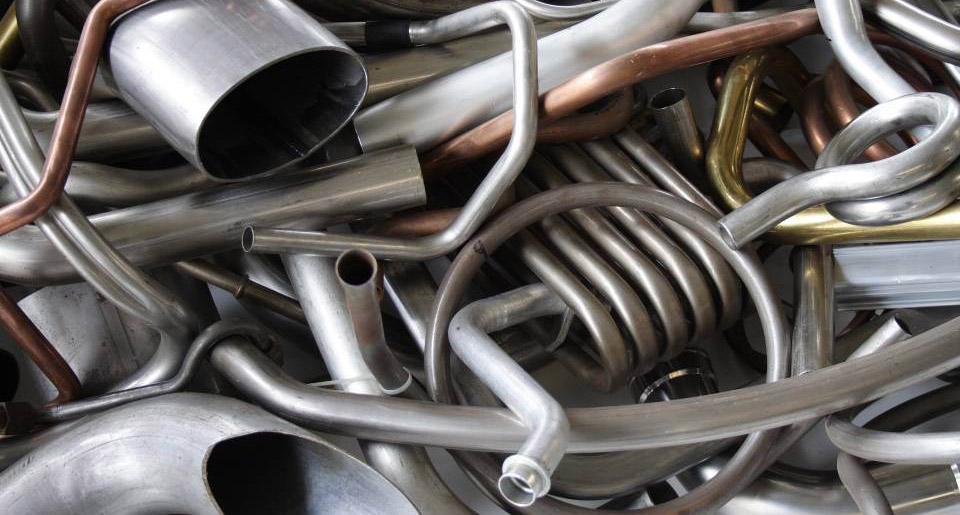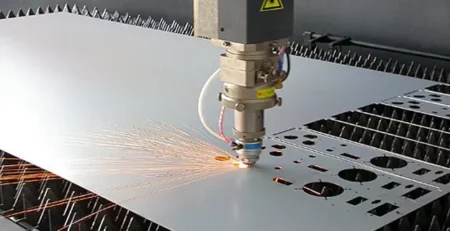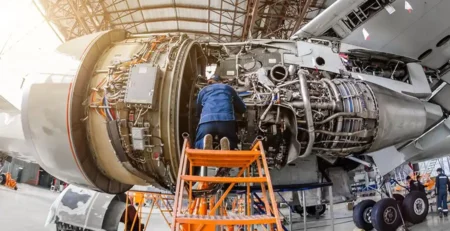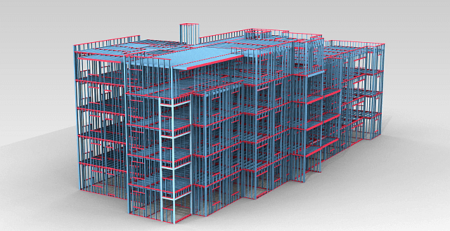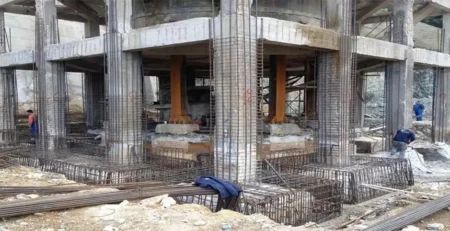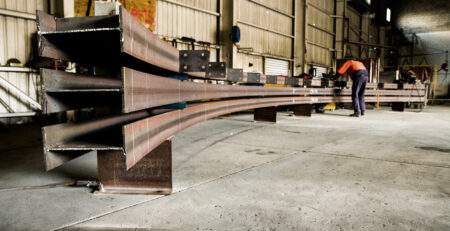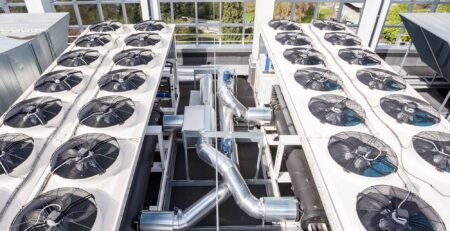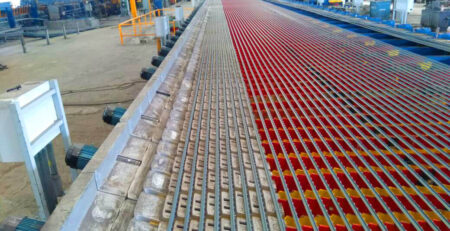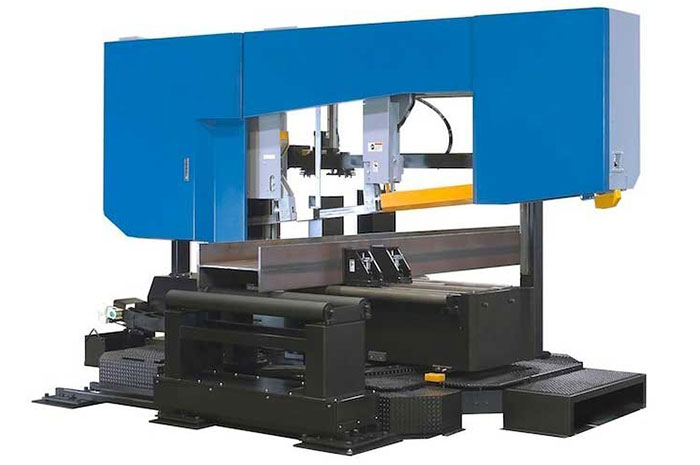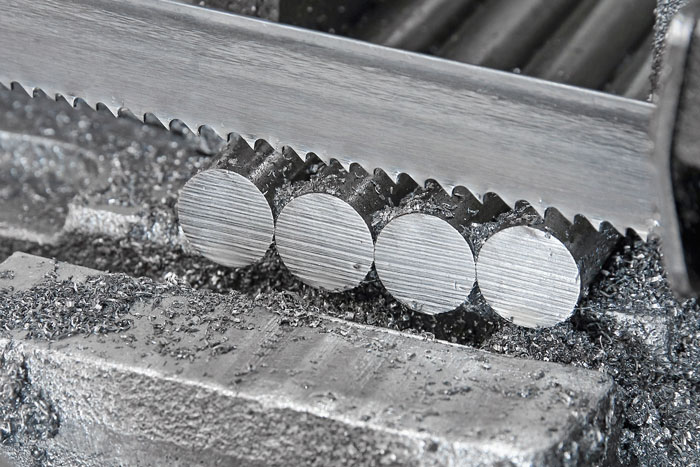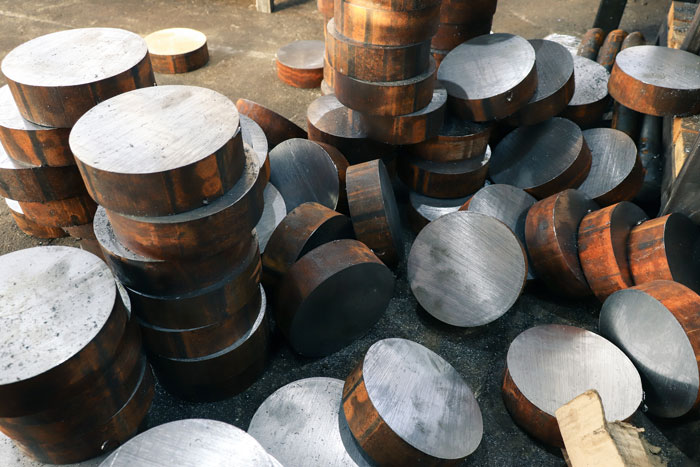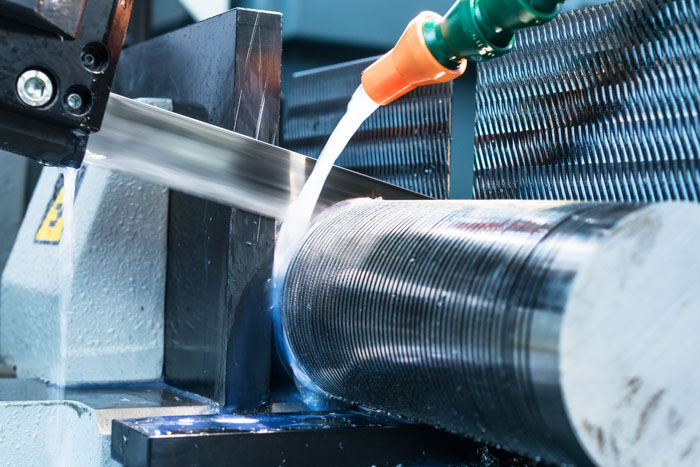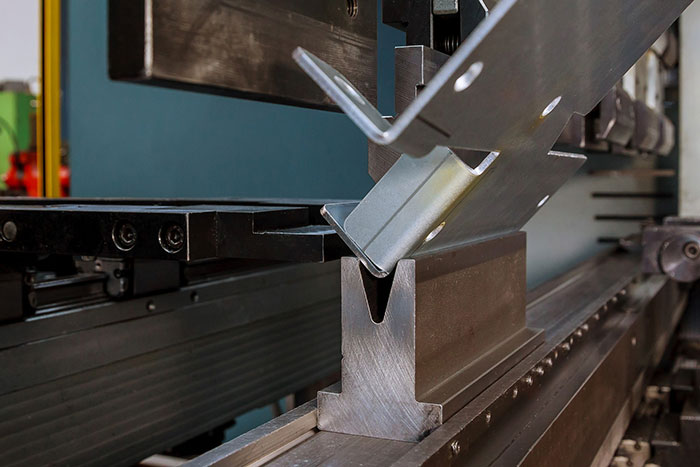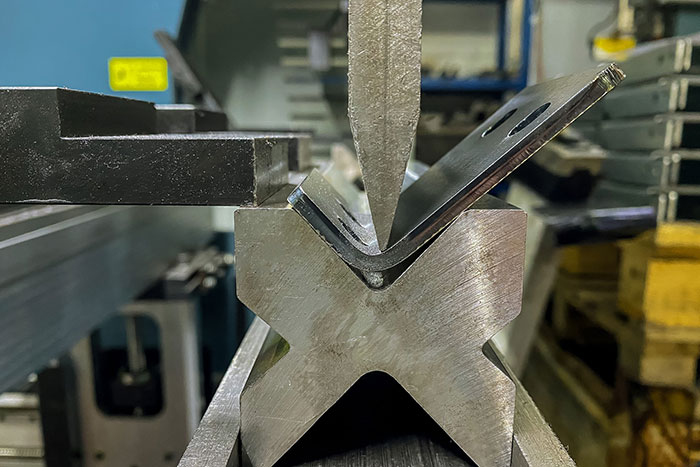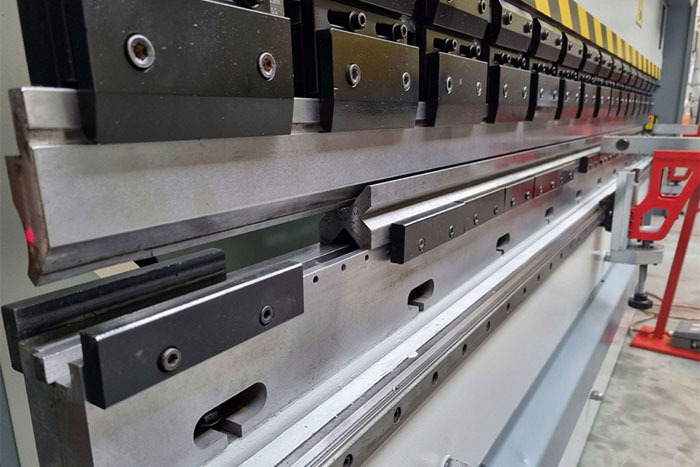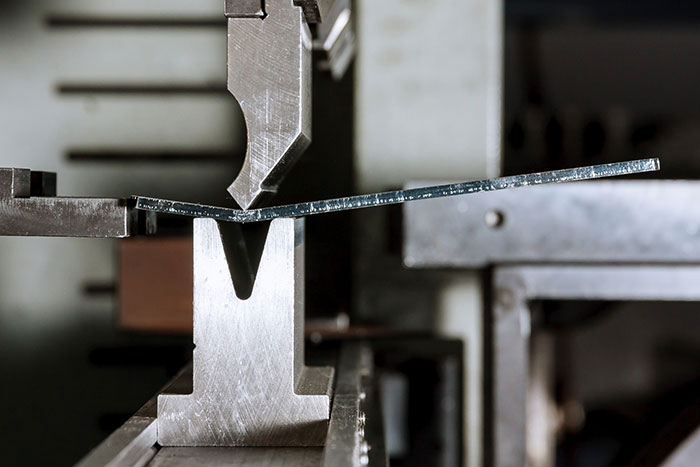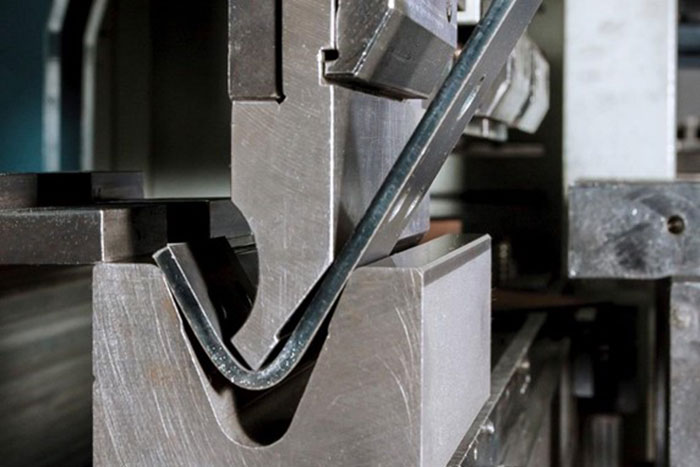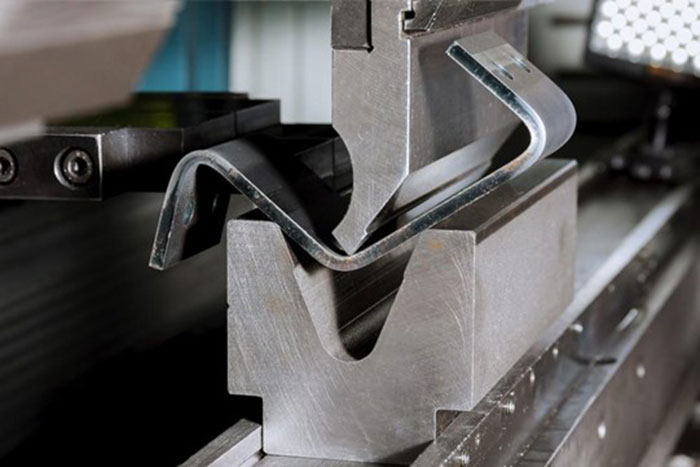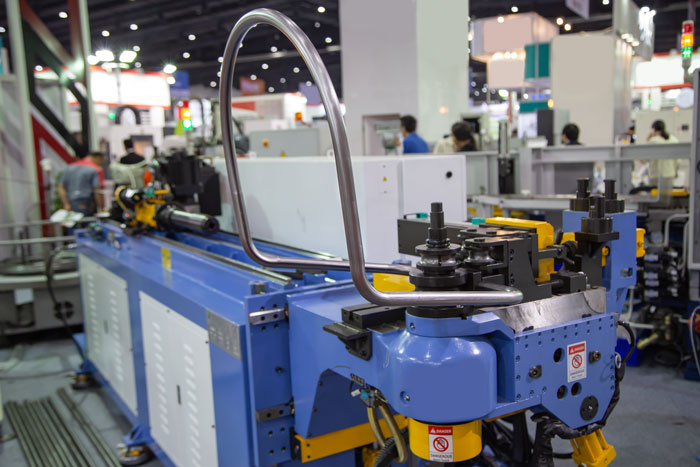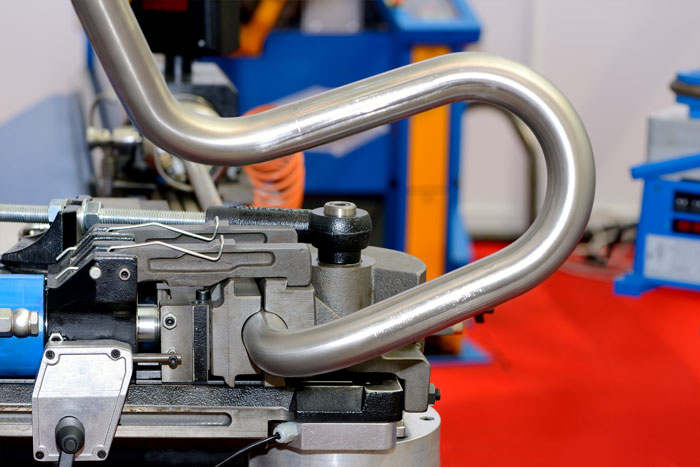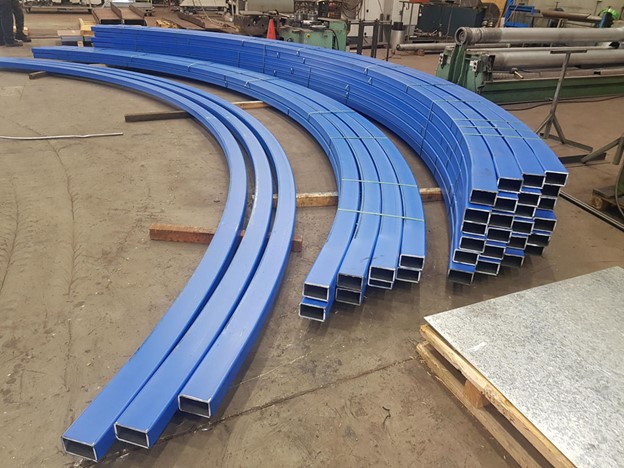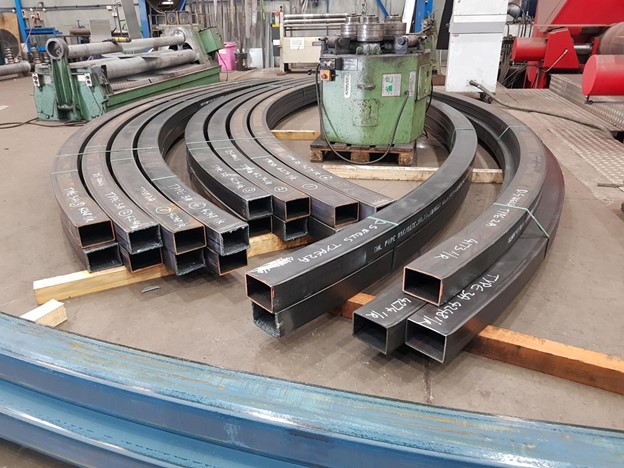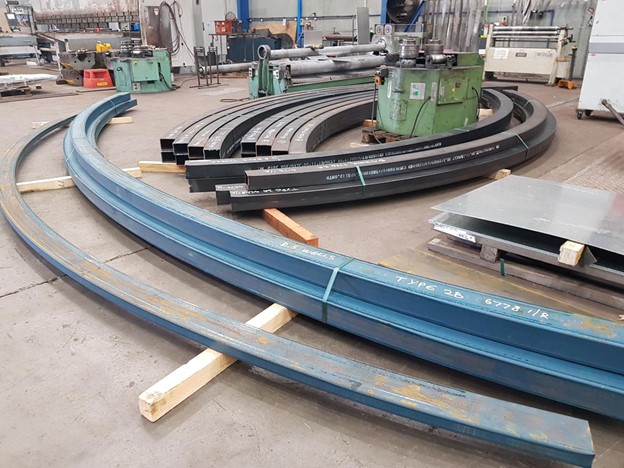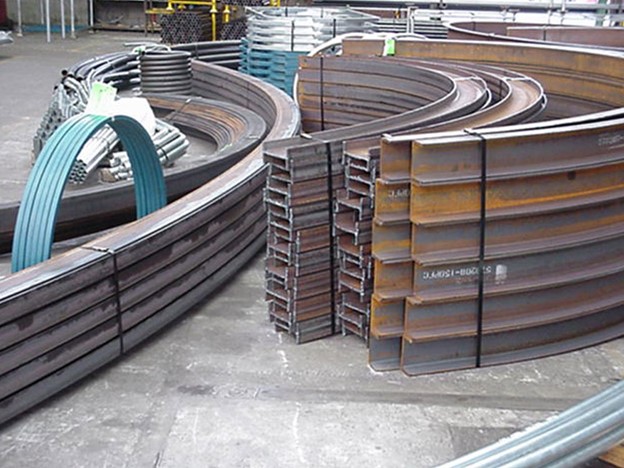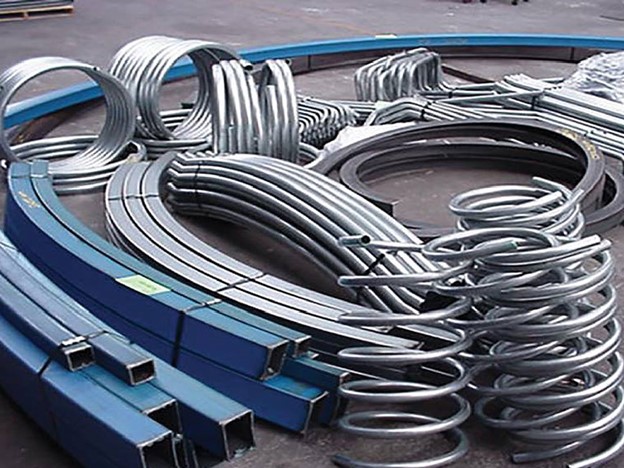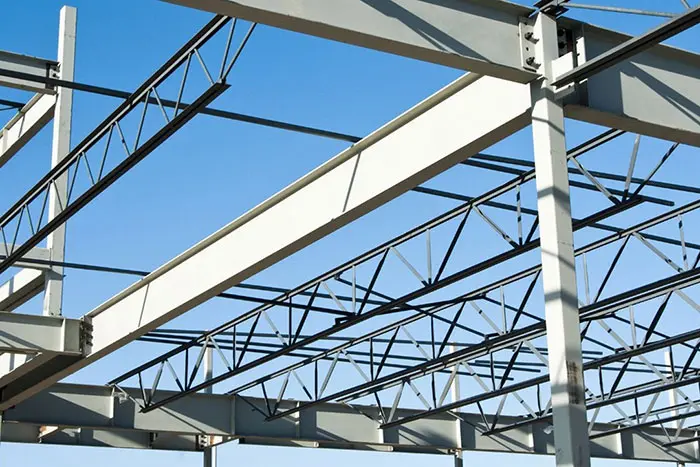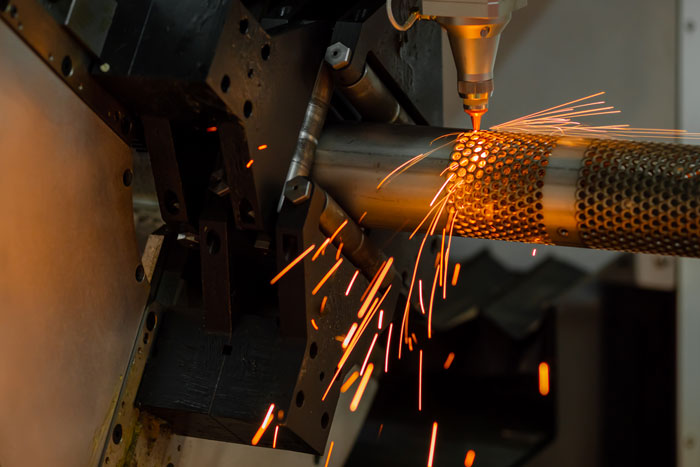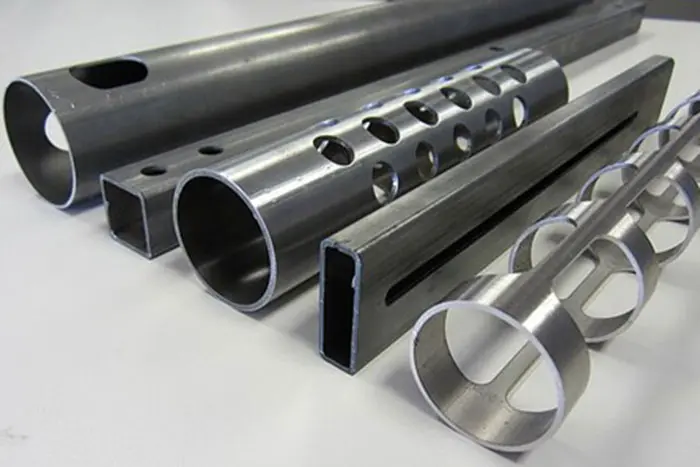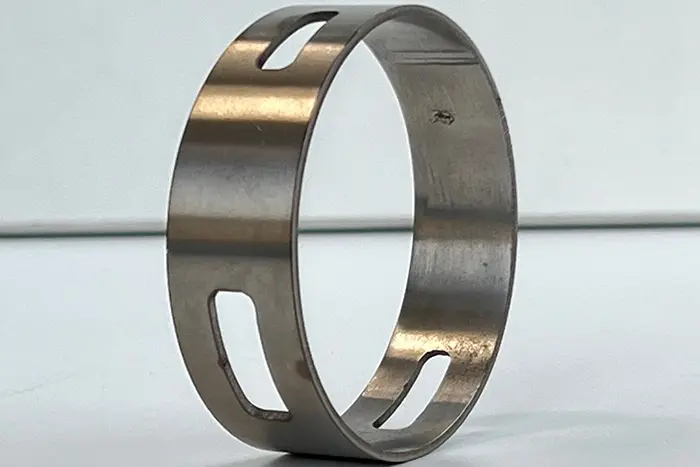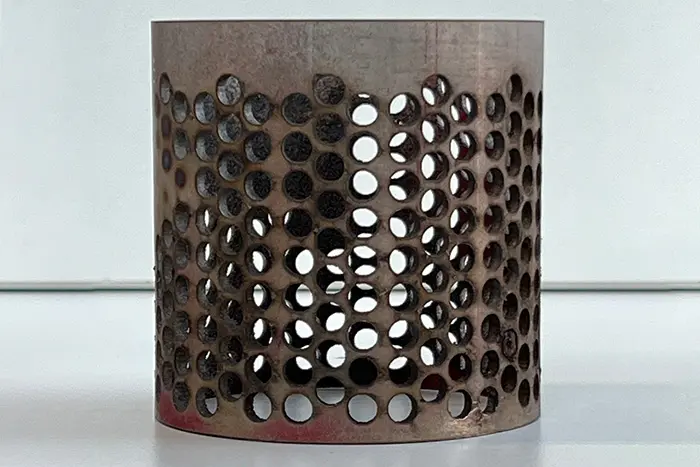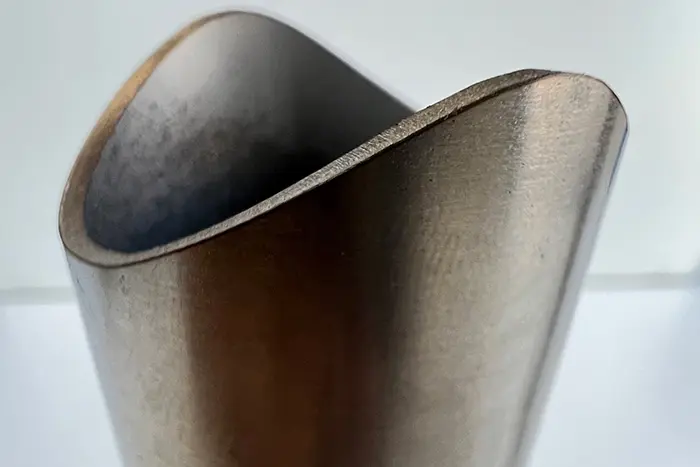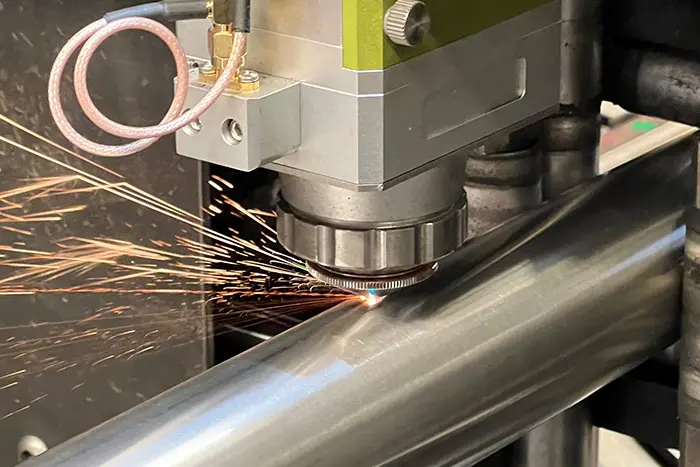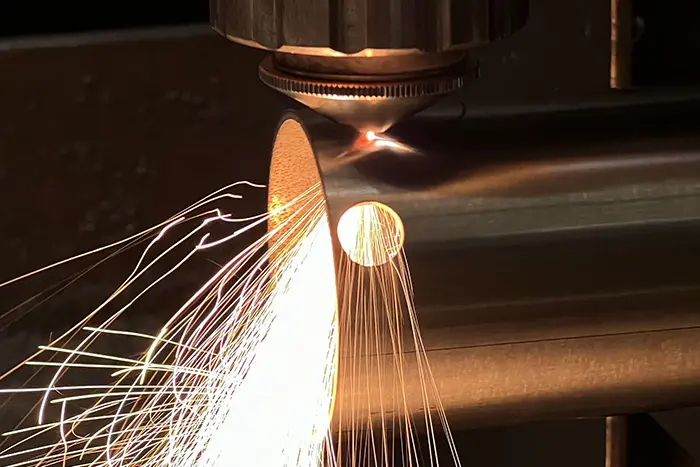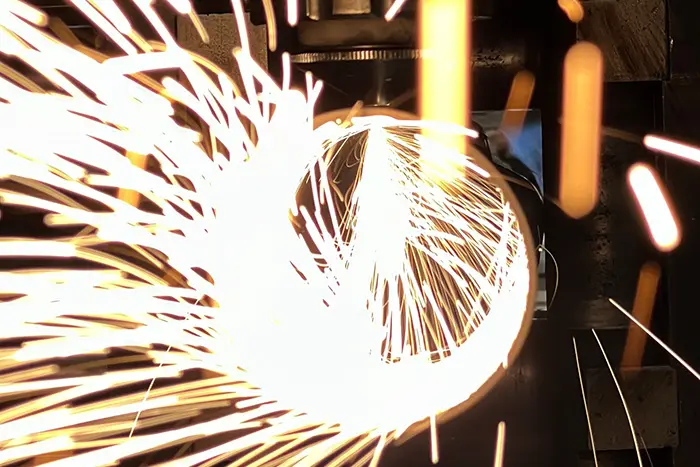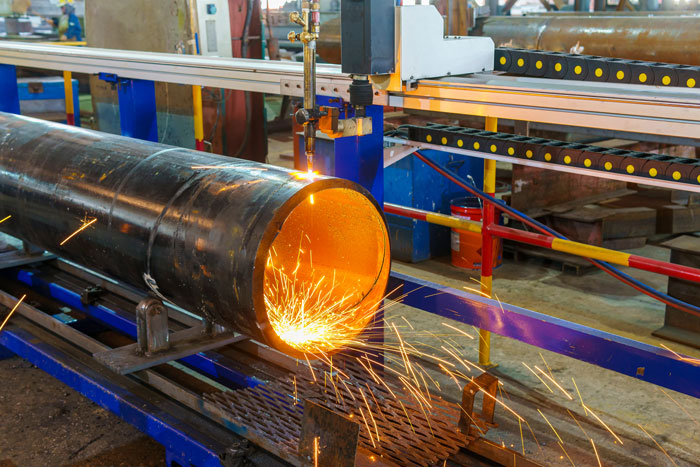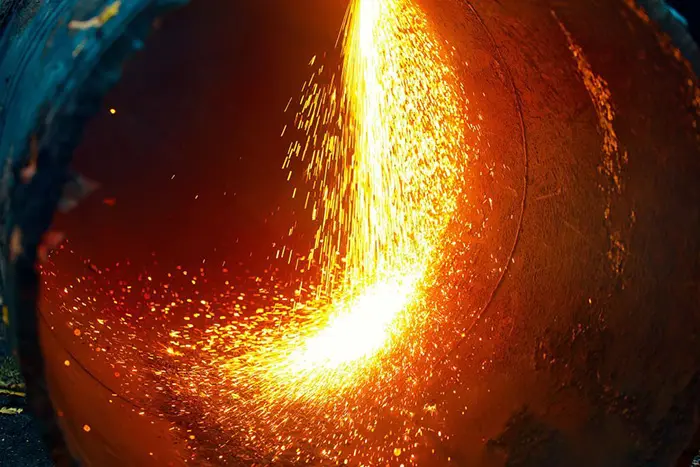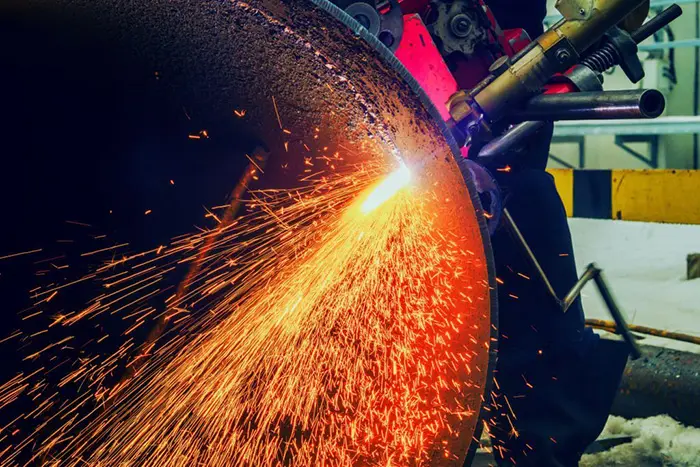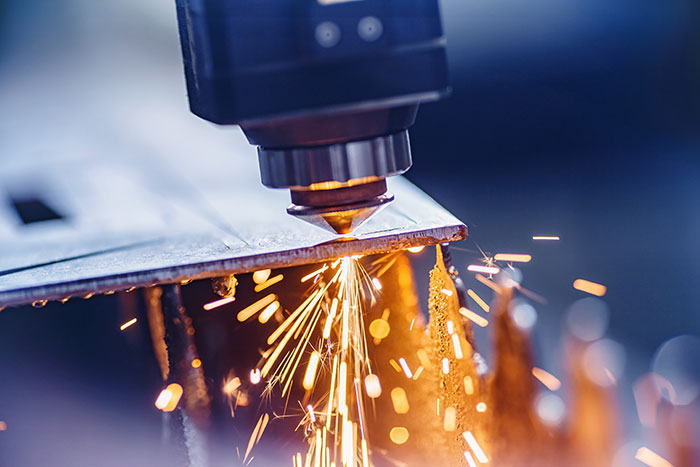Common Materials Used in Tube Bending

Tube bending is a versatile and widely used process in various industries, including automotive, aerospace, construction, and furniture. It allows for the creation of complex and customized shapes that meet specific design requirements. When it comes to tube bending, the choice of material is crucial as it directly impacts the performance, durability, and aesthetic appeal of the final product. In this article, we will explore some of the most common materials used in tube bending and their unique properties and applications.
Common Materials Used in Tube Bending
- Steel: Steel is one of the most widely Common Materials Used in Tube Bending due to its exceptional strength, durability, and versatility. It offers high resistance to corrosion, making it suitable for outdoor applications. Steel tubes can withstand heavy loads and extreme conditions, making them ideal for structural components in buildings, bridges, and machinery. Additionally, steel is available in different grades, such as carbon steel and stainless steel, allowing for a wide range of options to suit specific project requirements.
- Aluminum: Aluminum is a lightweight and corrosion-resistant material widely used in tube bending. It offers excellent conductivity, making it suitable for applications in the electrical and electronics industries. Aluminum tubes are also popular in automotive and aerospace applications due to their high strength-to-weight ratio. Additionally, aluminum is easily recyclable, making it an environmentally friendly choice.
- Copper: Copper tubes are known for their excellent thermal and electrical conductivity. They are commonly used in heating, ventilation, and air conditioning (HVAC) systems, as well as in plumbing and refrigeration applications. Copper tubes are resistant to corrosion, making them suitable for both indoor and outdoor use. They are also preferred for their antimicrobial properties, making them suitable for medical and sanitary applications.
- Stainless Steel: Stainless steel is a Common Materials Used in Tube Bending due to its corrosion resistance and aesthetic appeal. It offers excellent strength and durability, making it suitable for various applications, including furniture, automotive exhaust systems, and architectural components. Stainless steel tubes are available in different grades, such as 304 and 316, each offering unique properties and corrosion resistance.
- Titanium: Titanium is a lightweight and high-strength material commonly used in industries such as aerospace, medical, and sports equipment. It offers excellent corrosion resistance and biocompatibility, making it suitable for medical implants and surgical instruments. Titanium tubes are also used in high-performance bicycles, racing cars, and aircraft components due to their exceptional strength-to-weight ratio.
- Brass: Brass tubes, made from a combination of copper and zinc, are known for their excellent formability and corrosion resistance. They are widely used in plumbing, electrical, and decorative applications. Brass tubes offer a visually appealing finish and are often utilized for architectural detailing and ornamental components.
- Nickel Alloys: Nickel alloys, such as Inconel and Hastelloy, are known for their high temperature and corrosion resistance. They are commonly used in industries where extreme conditions, such as high heat or corrosive environments, are present. Nickel alloy tubes are widely employed in aerospace, chemical processing, and oil and gas applications.
- Plastic: Plastic tubes, such as PVC (polyvinyl chloride) and PTFE (polytetrafluoroethylene), offer excellent chemical resistance and insulation properties. They are Common Materials Used in Tube Bending such as plumbing, electronics, and pharmaceuticals. Plastic tubes are lightweight, cost-effective, and available in various colors and sizes, making them suitable for a range of applications.
- Carbon Fiber: Carbon fiber tubes are renowned for their high strength-to-weight ratio and exceptional stiffness. They are commonly used in industries such as aerospace, automotive, and sports equipment manufacturing. Carbon fiber tubes provide excellent structural integrity while reducing overall weight, making them ideal for applications where weight reduction is critical.
- Galvanized Steel: Galvanized steel tubes are coated with a layer of zinc to enhance corrosion resistance. They are commonly used in outdoor applications, such as fencing, handrails, and agricultural equipment. Galvanized steel tubes offer robustness and durability while providing an aesthetically pleasing appearance.
- Composite Materials: Composite tubes combine different materials, such as fiberglass and epoxy resin, to create lightweight and high-strength structures. They are used in industries such as aerospace, marine, and renewable energy. Composite tubes offer excellent resistance to corrosion, fatigue, and impact, making them suitable for demanding applications.
Tube Bending in the industry
When selecting common Materials Used in Tube Bending, it is essential to consider factors such as strength, corrosion resistance, weight, conductivity, and cost. Understanding the unique properties and applications of different materials allows designers and engineers to make informed decisions that align with project requirements. Additionally, working closely with experienced tube bending professionals can provide valuable insights and expertise in material selection, ensuring optimal performance and desired outcomes in tube bending projects.
The choice of material plays a significant role in tube bending projects. Each Common Materials Used in Tube Bending brings its own unique set of properties, advantages, and considerations. By understanding the characteristics of different materials and their suitability for specific applications, designers, and engineers can make informed decisions that result in high-quality and efficient tube-bending projects.

